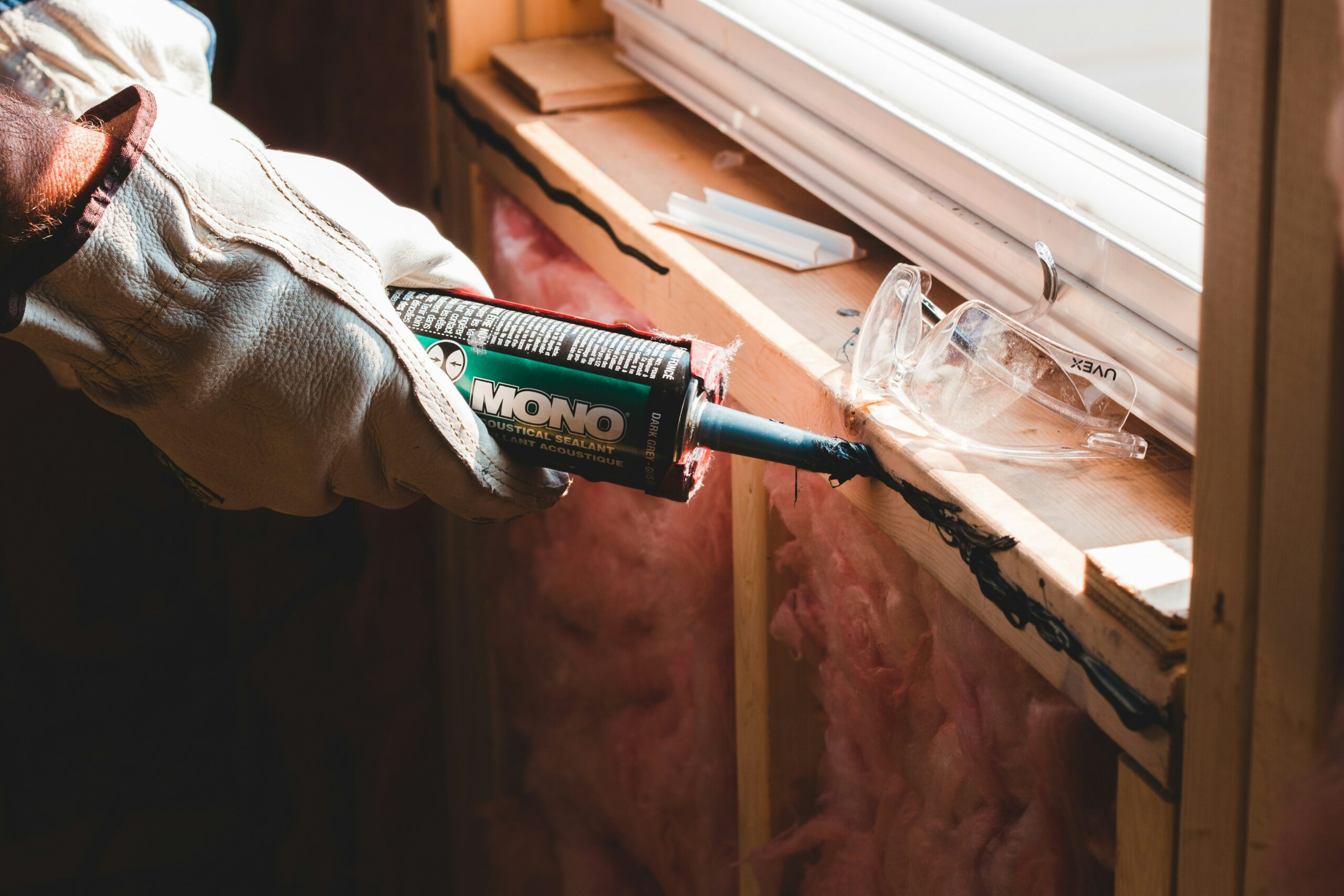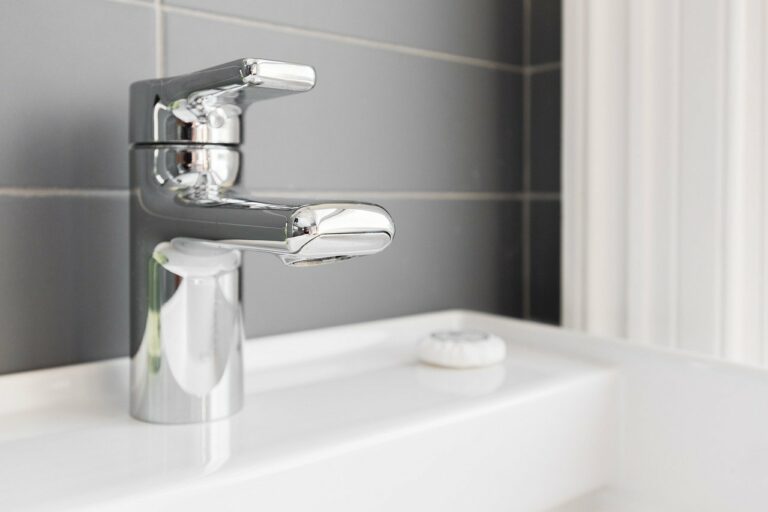The Benefits of Installing Home Energy Monitoring Systems: Tracking Usage and Saving Money
Energy consumption patterns in households can vary significantly based on numerous factors. The time of year, the number of occupants in a home, and the types of appliances used all play a role in determining how much energy is being consumed. Understanding these patterns is crucial for individuals looking to reduce their energy usage and save on utility bills.
By analyzing past energy bills and tracking usage throughout the day, homeowners can start to identify trends in their consumption habits. This data can help pinpoint areas where energy is being unnecessarily wasted and highlight opportunities for making changes to reduce overall usage. Being aware of when energy is being used the most can empower individuals to make informed decisions about adjusting their habits to be more energy-efficient.
Identifying Energy-Wasting Habits
Identifying energy-wasting habits in your daily routine is essential for achieving significant reductions in energy consumption. One common habit to watch out for is leaving electronic devices plugged in when not in use. Items like chargers, TVs, and kitchen appliances continue to draw power even when turned off, contributing to unnecessary energy waste. Taking the extra step to unplug these devices can make a noticeable difference in your electricity bill over time.
Another habit to be aware of is over-reliance on artificial lighting during the day. Many households tend to keep lights on even in well-lit rooms, leading to unnecessary energy usage. By maximizing natural light and strategically using artificial lighting only when needed, you can reduce your energy consumption and lower your environmental impact. Identifying and addressing these energy-wasting habits is the first step towards creating a more sustainable and efficient living environment.
Setting Realistic Energy Saving Goals
Setting realistic energy saving goals is essential for effectively managing your energy consumption. Start by analyzing your current energy usage patterns to identify areas where you can reduce consumption without sacrificing comfort or convenience. Consider setting specific, measurable goals such as reducing energy consumption by a certain percentage over a set period of time.
When setting your energy saving goals, it’s important to consider factors such as your household size, daily routines, and the efficiency of your appliances. By tailoring your goals to your specific circumstances, you can create achievable targets that will motivate you to make lasting changes to your energy consumption habits. Remember to track your progress regularly and make adjustments as needed to stay on track towards reaching your energy saving goals.
• Analyze your current energy usage patterns
• Identify areas where you can reduce consumption without sacrificing comfort or convenience
• Set specific, measurable goals such as reducing energy consumption by a certain percentage over a set period of time
• Consider factors such as household size, daily routines, and appliance efficiency when setting goals
• Tailor your goals to your specific circumstances for achievable targets
• Track progress regularly and make adjustments as needed to stay on track towards reaching energy saving goals
How can I understand my energy consumption patterns?
You can track your energy usage by reviewing your utility bills, using energy monitoring devices, or conducting a home energy audit.
What are some common energy-wasting habits to look out for?
Leaving lights on when not in use, running appliances on standby mode, and overusing heating and cooling systems are common energy-wasting habits.
How can I set realistic energy saving goals?
Start by identifying specific areas where you can reduce energy consumption, set measurable targets, and create a plan to gradually implement energy-saving practices.
What are some simple ways to save energy at home?
Some simple ways to save energy at home include turning off lights when not in use, using energy-efficient appliances, sealing gaps and cracks to prevent drafts, and adjusting your thermostat settings.






